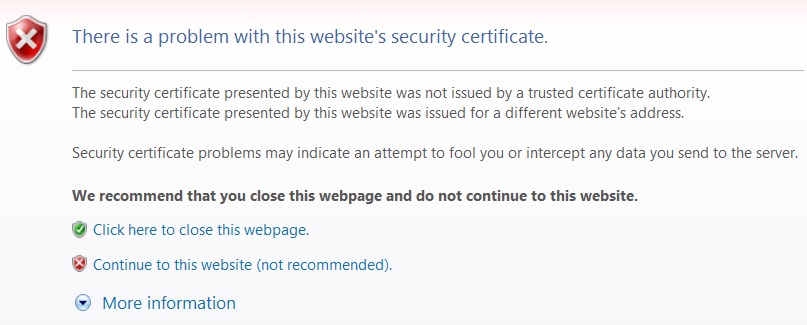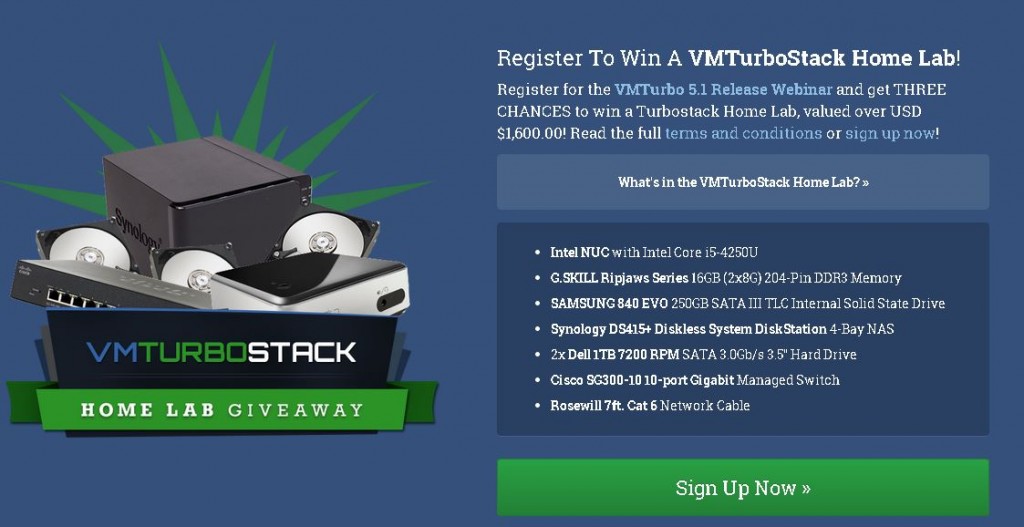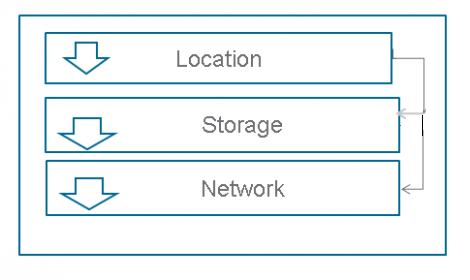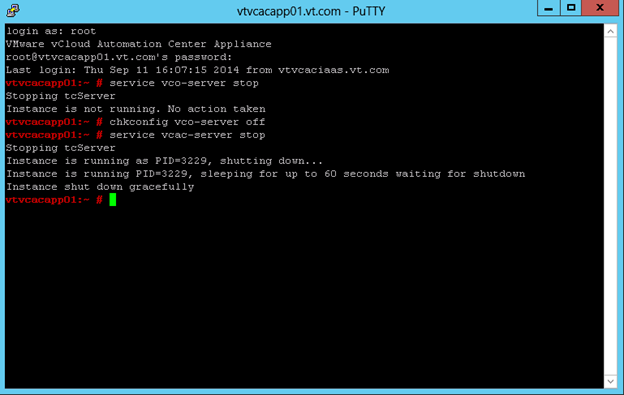VMware Cloud Director, the leading cloud management platform, has released its highly anticipated version 10.5, packed with a wide array of exciting and powerful features that can significantly enhance the cloud experience for both cloud providers and tenants. Let’s delve into the details of these new capabilities and understand how they can revolutionize the cloud landscape.
VMware Cloud Director 10.5 Networking New Features:
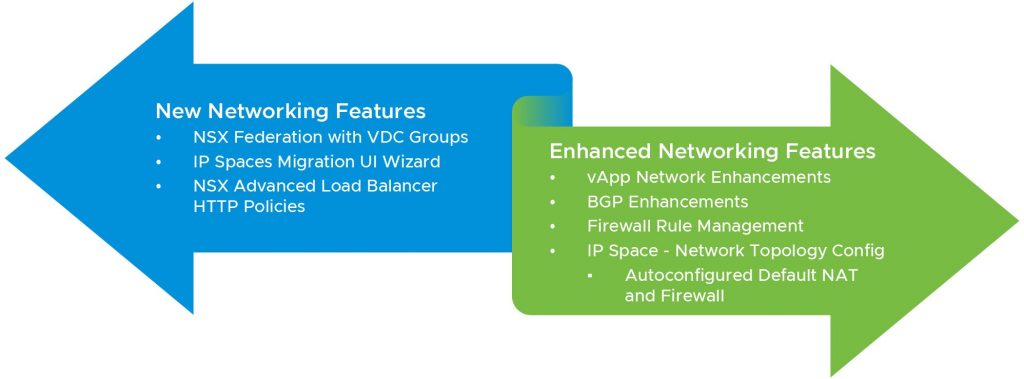
- VCD NSX Federation with VDC Groups:
In a significant advancement, VMware Cloud Director now supports NSX Federation, allowing cloud providers to register an NSX Global Manager instance that orchestrates security policies across regional local NSX Manager instances within the VMware Cloud Director environment. With NSX Federation, providers can include up to 4 NSX Manager instances in a single VDC Group. This breakthrough empowers providers to establish networking availability zones by disaggregating NSX Manager instances across regional data centers, resulting in enhanced networking resilience and availability. By leveraging NSX Federation, cloud providers can design robust and highly scalable network architectures, ensuring seamless connectivity for their tenants. In this release, not all features are supported by NSX Federation under VCD, but more to come with future releases. For more details you can check: Managing NSX Federation - VMware Cloud Director NSX Advanced Load Balancer HTTP Policies:
VMware Cloud Director 10.5

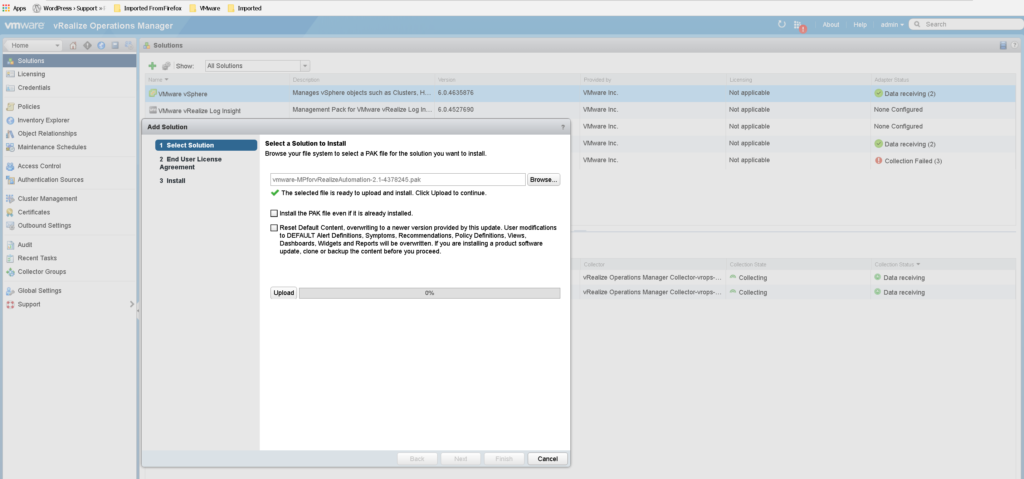
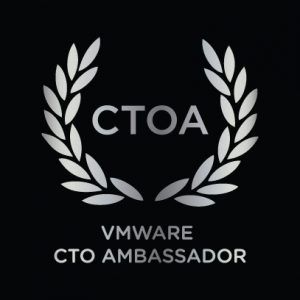
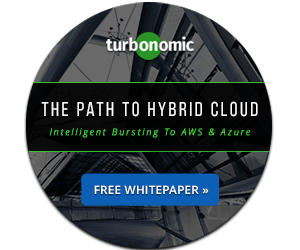 VMTurbo has just re-branded themselves to Turbonomic. I have just received an e-mail few days back from VMTurbo stating the change of the company name to Turbonomic.
VMTurbo has just re-branded themselves to Turbonomic. I have just received an e-mail few days back from VMTurbo stating the change of the company name to Turbonomic.